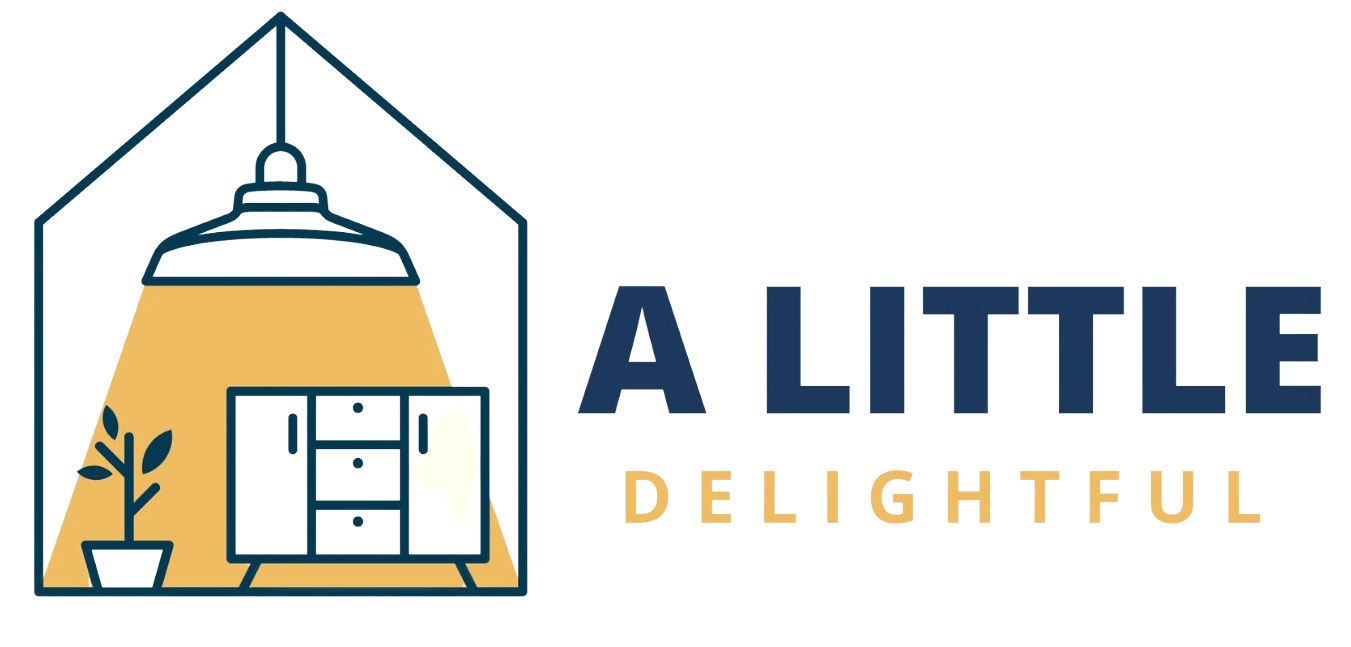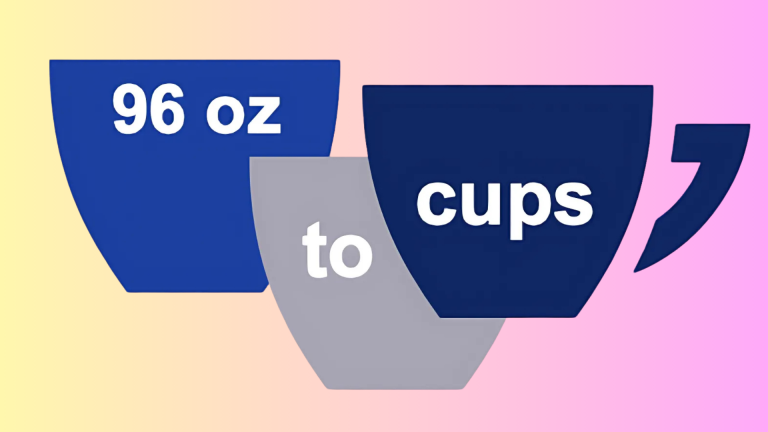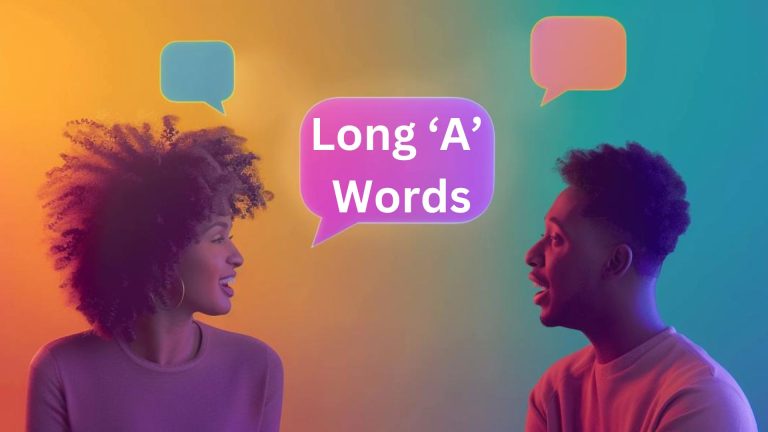How Do You Pronounce and Identify the Long U Words?
Do you sometimes stumble when saying words like “unicorn” or “cube”? You’re not alone!
Many people find the long U sound tricky to pronounce. But fear not – we’re here to help you understand this vowel sound better.
In this blog post, we’ll break down the different ways to spell and say long U words. No more awkward pauses or mispronunciations!
Get ready to gain confidence in your English speaking skills as we explore the fascinating world of Long U.
With our simple tips and examples, you’ll soon be a pro at correctly recognizing and pronouncing these words.
Let’s dive in and unlock the mysteries of Long U together!
What Exactly is Long U Pronunciations?
| Spelling Pattern | Word | Pronunciation | Sound |
|---|---|---|---|
| U | unicorn | /ˈyo͞onəˌkôrn/ | /yoo/ |
| U-E | tube | /tyo͞ob/ | /yoo/ |
| EW | curfew | /ˈkərfyo͞o/ | /yoo/ |
| UE | argue | /ˈärɡyo͞o/ | /yoo/ |
| EU | eucalyptus | /ˌyo͞okəˈliptəs/ | /yoo/ |
| U | ruler | /ˈro͞olər/ | /oo/ |
| U-E | flute | /flo͞ot/ | /oo/ |
| EW | stew | /styo͞o/ | /oo/ |
| UE | glue | /ɡlo͞o/ | /oo/ |
| OO | moon | /mo͞on/ | /oo/ |
| OU | soup | /so͞op/ | /oo/ |
| UI | fruit | /fruːt/ | /oo/ |
| U | music | /ˈmyo͞ozik/ | /yoo/ |
| U-E | cute | /kyo͞ot/ | /yoo/ |
| EW | new | /n(y)o͞o/ | /yoo/ |
The English language is known for its complex and diverse vowel sounds, often challenging native and non-native speakers.
Among these vowel sounds, the long U stands out for its unique characteristics and variations in pronunciation.
Mastering the long U sound is essential for achieving accurate pronunciation, engaging in effective communication, and improving overall literacy in English.
First Pronunciation of Long U: /yoo/
1. Characteristics of the /yoo/ Sound
The /yoo/ sound is a distinct pronunciation of the long U that combines a consonantal “y” sound followed by an “oo” sound, similar to the pronunciation of the word “you.”
This sound is unique among vowel sounds because it incorporates a subtle “y” sound at the beginning, setting it apart from other long U pronunciations.
2. Spelling Variations for /yoo/
| Spelling Pattern | Details |
|---|---|
| U as in unicorn | When the letter “u” appears in an open syllable (ending with a vowel), it often produces the /yoo/ sound. This can be observed in words like “unicorn,” “unit,” and “music.” |
| U-E as in mute | In the “u-e” spelling pattern, the long U sound is created by a silent “e” at the end of the word. The “e” modifies the pronunciation of the preceding “u,” causing it to say its name (/yoo/). Examples include “mute,” “cube,” and “fume.” |
| EW as in curfew | The combination of the letters “e” and “w” typically yields a /yoo/ sound, particularly when they appear at the end of a word or syllable. This pattern can be found in words such as “curfew,” “few,” and “new.” |
| UE as in argue | When the letter “e” follows “u,” it often modifies the pronunciation to /yoo/. This spelling variation is commonly seen in words like “argue,” “rescue,” and “value.” |
| EU as in eucalyptus | The “eu” spelling pattern is less common and is primarily found in words of Greek origin. It produces the /yoo/ sound in words such as “eucalyptus,” “euphoria,” and “eureka.” |
3. Teaching Tips for Each Spelling Pattern
- U: Emphasize the concept of open syllables and how they affect the pronunciation of the letter “u.”
- U-E: Use the analogy of the silent “e” being a “magic e” that makes the “u” say its name.
- EW: Create a mnemonic or rhyme to help students remember that “ew” often says /yoo/.
- UE: Highlight the pattern of “u” followed by “e” and its impact on the long U sound.
- EU: Associate this spelling with its Greek origin and practice pronouncing common words containing “eu.”
Second Pronunciation of Long U: /oo/
1. Characteristics of the /oo/ Sound
The second pronunciation of the long U sound is /oo/, which is a prolonged “oo” sound as heard in words like “moon” or “boot.”
This pronunciation is distinct from the /yoo/ sound because it omits the initial “y” sound, resulting in a smoother, more continuous vowel sound.
2. Spelling Variations for /oo/
| Spelling Pattern | Details |
|---|---|
| U as in ruler | In some cases, a single “u” in an open syllable can produce the /oo/ sound, particularly when it follows the letters “r,” “l,” or “j.” Examples include “ruler,” “luna,” and “judo.” |
| U-E as in tube | The “u-e” spelling pattern can also yield the /oo/ sound, as seen in words like “tube,” “flute,” and “dune.” The silent “e” modifies the pronunciation of the preceding “u.” |
| EW as in stew | When “ew” appears at the end of a word or syllable, it often produces the /oo/ sound. This can be observed in words such as “stew,” “crew,” and “blew.” |
| UE as in glue | The “ue” spelling, when found at the end of a word, frequently results in the /oo/ pronunciation. Examples include “glue,” “clue,” and “sue.” |
| OO as in balloon | The most straightforward and common spelling for the /oo/ sound is the double “o” or “oo.” This spelling consistently produces the /oo/ sound in words like “balloon,” “moon,” and “pool.” |
| OU as in soup | In some cases, the “ou” spelling can create the /oo/ sound, particularly in words of French origin. Examples include “soup,” “group,” and “coupon.” |
| UI as in fruit | The “ui” spelling is an infrequent but important variation that produces the /oo/ sound in a limited number of words, such as “fruit,” “juice,” and “suit.” |
3. Teaching Tips
Focusing on the most common spellings—”oo,” “ue,” and “ew” —is essential to helping learners master the/oo/sound.
Practical exercises and repetition can reinforce the recognition and pronunciation of these spellings. Some teaching strategies include:
Highlighting words with “oo,” “ue,” and “ew” in texts and practicing their pronunciation.
Creating word lists or flashcards featuring common words with these spellings.
Engaging in listening exercises focusing on distinguishing the /oo/ sound in various words.
Teaching Strategies

1. Multi-sensory Approaches
Incorporating a multi-sensory approach to teaching long U sounds is crucial for catering to different learning styles and enhancing student engagement.
Educators can create a more inclusive and effective learning environment by combining visual, auditory, and kinesthetic activities.
To implement multi-sensory strategies, teachers can use color-coded letters to highlight specific spelling patterns, such as using blue for “ue” and green for “ew.”
Sound blending activities, where students physically manipulate letters to create words with long U sounds, can help reinforce the connection between spelling and pronunciation.
Additionally, interactive online tools that allow students to listen to long U sounds and practice spelling words can provide an engaging learning experience.
2. Digital and Printable Resources
Digital games and printable worksheets reinforce long U sounds. These resources offer students additional practice opportunities and can be used in the classroom and at home.
High-quality educational websites, such as Starfall.com and ReadWriteThink.org, offer a variety of interactive games and activities focused on vowel sounds.
Apps like “Phonics Island” and “ABC Spelling” provide engaging platforms for practicing long U sounds and other phonetic concepts.
Downloadable materials, such as worksheets and flashcards, can be found on Education.com and TeachersPayTeachers.com.
Exception Rules and Common Mistakes
1. Overview of Exceptions
While the rules for long U pronunciations are generally consistent, there are some exceptions that learners should be aware of. These exceptions often arise from words with unique origins or contexts that cause the long U sound to deviate from the expected pronunciation.
For example, the word “busy” contains a “u” in an open syllable, but it is pronounced with a short “i” sound (/ˈbɪzi/) instead of the expected /yoo/ sound. Another exception is the word “bury,” where the “u” is pronounced as /e/ (/ˈberi/) despite being followed by a consonant and a “y.”
2. Addressing Common Mistakes
| Common Mistake | Description | Correction Strategy | Examples |
|---|---|---|---|
| Mispronouncing Open Syllables | Learners may struggle with pronouncing long U in open syllables, often defaulting to a shorter sound. | Teach the rule that a vowel at the end of a syllable usually has a long sound. Use repetition and drilling of example words. | “unit” (correct: /yo͞onit/), “music” (correct: /ˈmyo͞ozik/) |
| Confusing U and U-E Patterns | The presence or absence of a silent ‘e’ can confuse learners, leading them to misapply the long U sound. | Explicitly teach the function of the silent ‘e’ and practice with contrasting word pairs (e.g., “cub” vs “cube”). | “cub” vs “cube”, “tub” vs “tube” |
| Mixing up EW and UE | Students may be confused about when to use “ew” versus “ue,” especially since both can represent the /oo/ sound. | Provide visual aids and mnemonics that link spelling patterns to specific examples and practice with sorting activities. | “new” (correct: /n(y)o͞o/), “blue” (correct: /blo͞o/) |
| Overgeneralizing OO Spelling | Overuse of “oo” for the /oo/ sound in inappropriate contexts, such as using “oo” where “ue” or “ew” should be used. | Highlight and practice with words that break this pattern, emphasizing correct spelling through spelling tests and written practice. | Incorrect: “floo” for “flu”, Correct: “moon”, “pool” |
| Incorrect Stress on EU and UE | Incorrectly stressing the syllables in words with “eu” and “ue,” affecting pronunciation. | Teach syllable stress patterns in multi-syllable words and use listening and repetition exercises to reinforce the correct stress. | “statue” (correct: /ˈstaCHo͞o/), “Europe” (correct: /ˈyûrəp/) |
| Homophone Confusion | Mixing up homophones like “due” and “dew” can lead to errors in spelling and understanding. | Use context exercises to teach the difference and reinforce learning with usage in sentences, quizzes, and reading comprehension exercises. | “due” (correct: /do͞o/, meaning owed) vs “dew” (correct: /do͞o/, moisture) |
Understanding Different Pronunciations and Spellings
1. Reading Proficiency
Understanding the various pronunciations and spellings of the long U sound enhances reading skills by enabling readers to predict the pronunciation of unfamiliar words better.
This knowledge allows for more fluid and accurate reading and improved comprehension of written text.
2. Writing and Spelling Skills
Familiarity with the different spellings that produce the long U sound aids in writing by facilitating correct word choice and spelling.
This understanding helps writers avoid common spelling errors and accurately convey their intended meaning.
3. Linguistic Flexibility
Mastering the long U pronunciations and their associated spellings contributes to greater flexibility and adaptability in language use.
This linguistic versatility is essential for learners at all levels, enabling them to communicate effectively in a wide range of contexts and with diverse audiences.
Conclusion
Understanding the intricacies of long U pronunciation is key to developing strong English language skills.
By recognizing the two distinct sounds (/yoo/ and /oo/) and their various spellings, you can confidently tackle words that once seemed challenging.
Engaging in multi-sensory activities and utilizing digital resources will help reinforce your learning and make the process enjoyable. Stay mindful of exceptions and homophones to avoid common pitfalls as you progress.
Mastering long U sounds enhances your reading and writing abilities and empowers you to communicate effectively in diverse settings.
So, take the next step in your language learning journey by practicing these concepts regularly, and don’t hesitate to explore more advanced topics as your skills grow. With dedication and practice, you’ll soon be a long U-pro!
Frequently Asked Questions
How to Teach Long U Words?
Use multi-sensory activities, games, and digital resources to teach the different spellings and pronunciations of long U words, focusing on the most common patterns.
How Do You Pronounce The Long U Sound?
Long U has two pronunciations: /yoo/ as in “unicorn” and “mute,” and /oo/ as in “ruler” and “blue.” Practice both sounds with various word examples.







